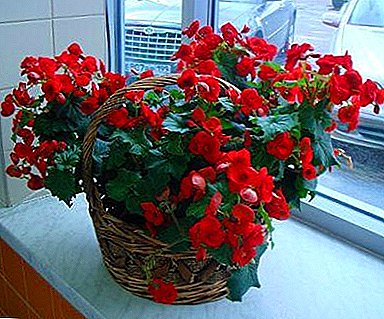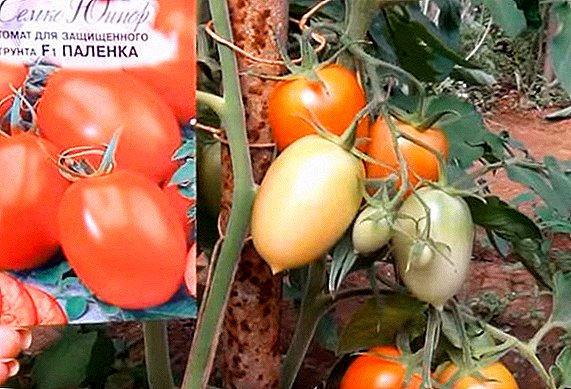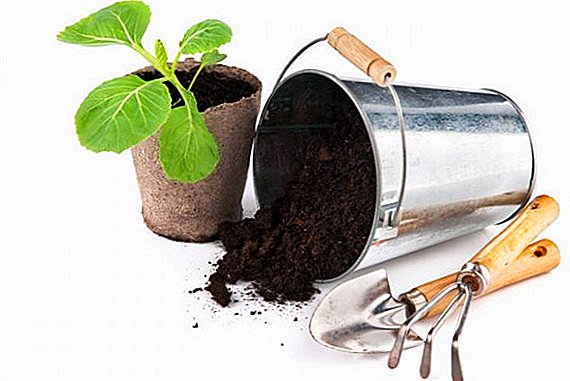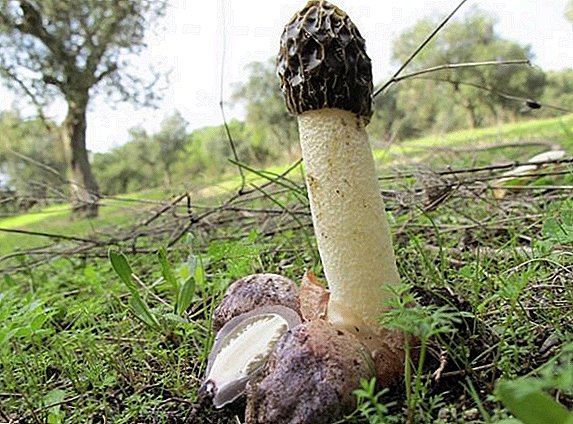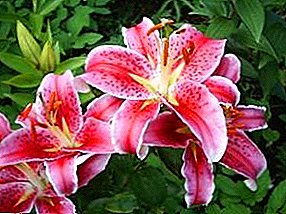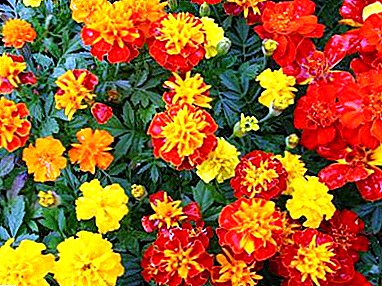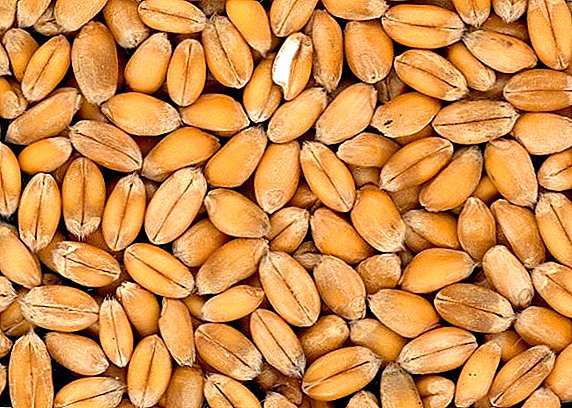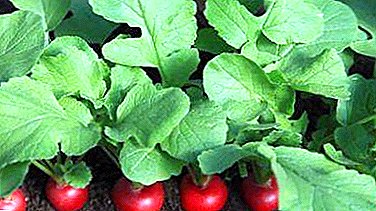
Growing potted flowers is a favorite hobby of many housewives. They purify the air, decorate the interior, create an atmosphere of special coziness and comfort in the house.
A piece of nature in the city walls is beautiful. Among the huge variety of plants, many dream to buy something unusual, rare, attracting the attention of guests.
In this case, an excellent option would be cactus lepismium.
Characteristics of a cactus
 The plant first describes french botanist ludwig pfeifer in 1835. He took it to a separate family and gave him the name Lepismiumwhich is translated from Latin means "flake" or "scaly" (from the word lepis).
The plant first describes french botanist ludwig pfeifer in 1835. He took it to a separate family and gave him the name Lepismiumwhich is translated from Latin means "flake" or "scaly" (from the word lepis).
The flower belongs to epiphytic cacti. It grows in tropical and subtropical rain forests, settling in trees.
Externally different from its desolate relative. Endowed with long, drooping stems, divided into segments and branching in the central part.
The cross section varies in shape. Flowers are beautiful, located at the ends of the stems, appear in late spring.
Cactus is valued for its excellent decorative qualities and is often grown at home in hanging pots, as well as in ordinary pots on window sills.
Kinds
About 15 different species are known.some of which are currently classified to the genus Rhipsalis (Rhipsalis). Some growers confuse these two types of plants. Lepismium is distinguished by features of its range, which are immersed in the facet of the stem. Ripsalis ranges are located on the surface.
- Cruciform (L. Cruciform)
Differs trihedral, long, narrow stems with scalloped edges. Mature areas are light, pubescent. Prefers to grow in good light, in which the surface of the stems acquires a beautiful reddish tint.Grows to 1 meter in length. Flowers are not large, bell-shaped. Fruits are purple. Homeland - tropical areas of Africa. Flowering is long, from May to September.
- Paradoxus (L. Paradoxum)
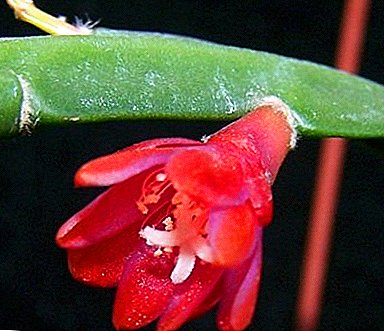 Perennial shrub with hanging stems. Grows in nature up to 5 meters. It has triangular segments, resembling a chain with links 4-5 cm in length.
Perennial shrub with hanging stems. Grows in nature up to 5 meters. It has triangular segments, resembling a chain with links 4-5 cm in length.Areas without setae, located in edges in upper part of segment. Flowers solitary, white, 2-2.5 cm in diameter, are formed at the ends of the shoots.
The fruits are reddish. Unfortunately, in indoor conditions, the plant blooms extremely rarely, but is valued for its decorative appearance.
- Bolivianum (L. Bolivianum (Britton))
Rare enough species in nature. It grows at an altitude of about two thousand meters above sea level in the mountain forests of Yungas. Differs flat, elongated, unsplit shoots.The color of flowers is changeable - cream with orange, red or pink petals. Fruits are orange-brown, smooth.
A photo
The photo shows the types of cactus Lepismium:





Home care
Lepismium refers to forest cacti. The conditions of detention and care will differ recommendations intended for ordinary desert species.
Features care for the cactus after purchase
The first thing a care begins with is transplantation. The substrate and containers in which there are flowers in the store are not suitable for permanent cultivation.
During transplantation, be sure to inspect the root system. The plant must be strong and healthy.
- Capacity Selection
The flower does not fit a deep, wide container. With good care, cactus stems grow and develop intensively, so it is preferable to grow it in a hanging pots.At the bottom of the tank must be a hole.
Before planting the flower, sanitize the pot and pour drainage to the bottom.
- Soil selection
The substrate should be light and nutritious, well pass oxygen and moisture to the roots.A mixture of sand, peat, stones, perlite and soil for decorative flowers is suitable as a primer.The earth should not be heavy, clay. Poor air circulation will lead to stagnant moisture and rotting roots.
Lighting
Plant prefers well lit placebut does not tolerate direct sunlight. Growing on the south window is not suitable for him.
In the summer, create a light shade from the sun to prevent overheating and burns.
Temperature
In summer and spring the temperature of the air in the apartment should be moderate, warm - 20-26 degrees. In winter, a period of rest. The air temperature is gradually reduced. up to 12-15 degrees.
Air humidity
 In nature, cactus grows in the southern forests with high humidity. Indoors it is recommended to create similar conditions for it.
In nature, cactus grows in the southern forests with high humidity. Indoors it is recommended to create similar conditions for it.
In winter, the flower does not tolerate dry air in the apartment.
In the warm season, you need to regularly spray the stems with water, purchase an outdoor humidifier if necessary.
Watering
In the warm season need regular watering.
In winter it does not stop completely.as for most desert species.
The flower needs to moisten the soil, but much less so than in summer.
Fertilizers
Cactus prefers nutritious soil. In the active period of growth it can feed 1 time in 30 days special liquid fertilizer for cacti and succulents. In winter, fertilizing does not contribute.
Bloom
 The flowering period is long.
The flowering period is long.
Most often begins at the end of May and ends in September.
At this time it is not recommended to change the position of the pot, and to water the plant more often.
Proper care during the resting period is also important for the formation of the first buds.
Transfer
Does not need frequent transplantation. In the first years of its exercise once a year (in early spring). Further only when necessary. Capacity is selected approximately on the size more previous.
Breeding
Cactus propagate seeds or stems.
The second method is preferable. After separation of the segment, it is dried for 24-48 hours and placed in a moist substrate, lightly sprinkled on top. For better rooting, you can add a growth stimulant.
Segments take root very quickly and do not require greenhouse conditions (glass covering).
Diseases and pests
 The plant is endowed with good immunity, allowing to protect it from pests and diseases. Problems arise with poor care.
The plant is endowed with good immunity, allowing to protect it from pests and diseases. Problems arise with poor care.
Root rot - the most common insidious disease. It is important to detect it in time and transplant the plant so that it does not die.
During transplantation, the roots are thoroughly washed, the affected parts are removed and in the solution of potassium permanganate. For planting take a new substrate.
If the planting is carried out in the same container, it must be washed and disinfected before disembarking.
Pests are common: spider mite, mealy worm. A good method of struggle - treatment with a cotton alcohol swab or soapy water. With a deep lesion used chemicals.
Lepismium for many years grown in home gardening. It attracts attention with its unusual exotic look, beautiful flowering, decorative qualities and rarity. With good care, it will be a real decoration of any modern apartment.


 Perennial shrub with hanging stems. Grows in nature up to 5 meters. It has triangular segments, resembling a chain with links 4-5 cm in length.
Perennial shrub with hanging stems. Grows in nature up to 5 meters. It has triangular segments, resembling a chain with links 4-5 cm in length.
